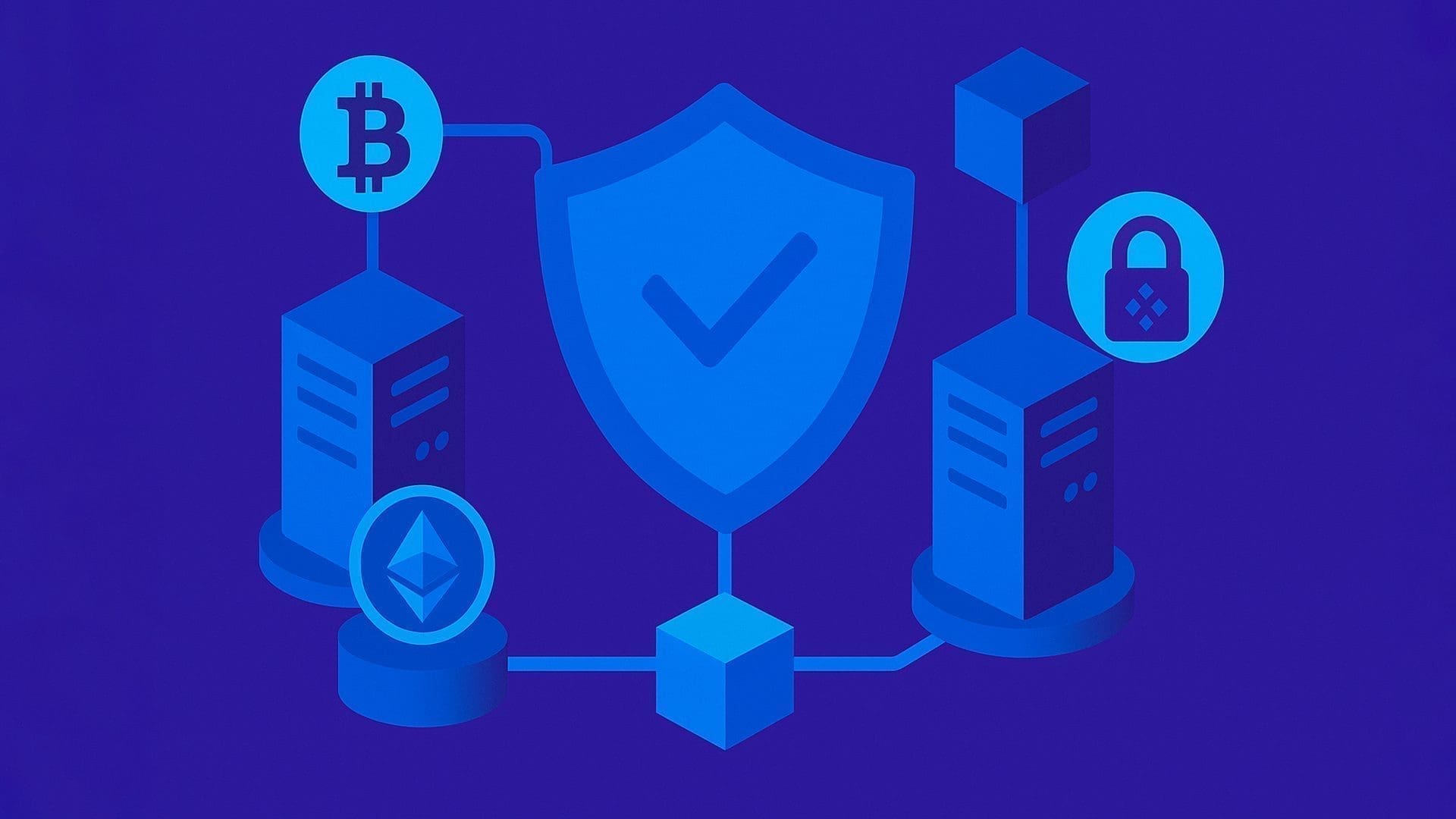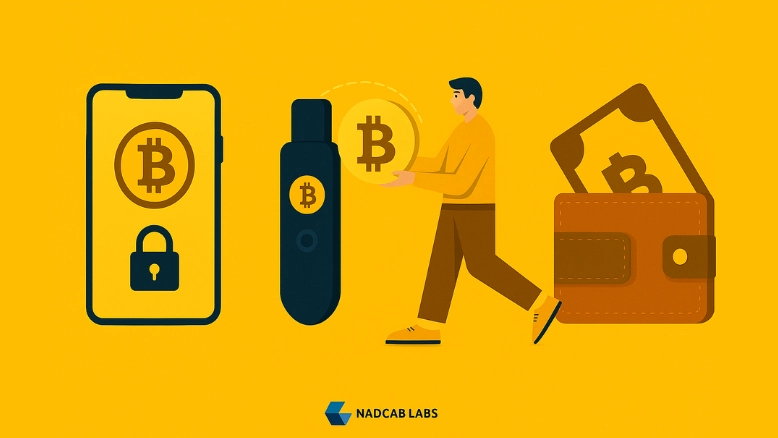
A Validator Node is crucial in blockchain networks, particularly in Proof of Stake systems, where it validates transactions and creates blocks. As a Staking Node, it participates in the consensus process by staking assets to secure the network. In return, Node Rewards are earned for maintaining network integrity and successfully validating transactions. This process ensures a trustworthy ledger and upholds the security and functionality of the blockchain.
What is a Validator Node in Blockchain?
A Validator Node is a vital component in blockchain networks, especially those using the Proof of Stake (PoS) consensus mechanism. It plays a central role by validating transactions and creating new blocks. Unlike traditional mining nodes, which use computational power, validator nodes stake their assets to participate in the network’s consensus process. By doing so, they help ensure that transactions are legitimate and meet protocol requirements. Validator nodes are rewarded with Node Rewards for their efforts, which may include transaction fees and newly minted tokens. These rewards incentivize them to maintain the network’s security and integrity. In essence, validator nodes help keep the blockchain running smoothly, ensuring that the distributed ledger remains accurate and trustworthy while preventing fraudulent activities and maintaining consensus across the network.
How to Run Your Own Validator Node?
Running your own Validator Node can be a great way to contribute to the security and efficiency of a blockchain network while earning rewards. Here’s a detailed guide to get you started
- Choose a Blockchain Network
Select a blockchain network that operates on a Proof of Stake (PoS) or similar consensus mechanism requiring validator nodes. Research different networks to find one that aligns with your interests and has a robust validator ecosystem. - Prepare Your Hardware
Ensure you have the necessary hardware to run a validator node. This typically includes a reliable server or computer with adequate processing power, memory, and storage capacity. Some blockchain networks also allow running nodes on cloud platforms like AWS or Azure, which can offer flexibility and scalability. - Install the Required Software
Download and install the client software for the chosen blockchain network. This software enables your node to connect to the network and participate in the consensus process. Follow the official documentation carefully for installation steps to ensure compatibility and security. - Set Up Your Node
Configure your node according to the network’s guidelines. This setup often involves creating and securing a wallet for staking tokens, configuring network settings, and syncing your node with the blockchain. Proper configuration is crucial for effective participation and to avoid any disruptions. - Stake Your Tokens
To become a validator, you need to stake a certain amount of the network’s native tokens. The staking process involves locking up these tokens as collateral to secure your participation in the network. Each blockchain network has specific staking requirements and procedures, so consult the network’s documentation for detailed instructions. - Monitor and Maintain
Regularly monitor your validator node’s performance to ensure it’s operating correctly. This includes checking uptime, connectivity, and overall performance. Keep the software updated and address any issues promptly to maintain your node’s reliability and security. - Earn Rewards
As a validator, you’ll earn rewards for successfully validating transactions and creating new blocks. These rewards typically include transaction fees and newly minted tokens. The more consistently your node performs, the higher your potential rewards, contributing to the network’s overall security and efficiency.
Validator Nodes Differ from Regular Nodes
Validator Nodes and regular nodes have different jobs in a blockchain development company . Validator nodes are like network officials who validate transactions and create new blocks in systems like Proof of Stake (PoS). They need to lock up some of the network’s tokens as a security measure and earn rewards for their work, such as transaction fees and new tokens. Regular nodes, on the other hand, just keep a copy of the blockchain and help spread transactions and blocks to others in the network. They don’t validate transactions or earn rewards directly. So, while both are important, validator nodes have a more active role in securing the network and ensuring everything runs smoothly, while regular nodes help keep the network functioning by sharing information.
How do you set up a Blockchain Staking Node?
Setting up a Blockchain Staking Node is essential for participating in proof-of-stake (PoS) networks and earning rewards. Start by selecting a suitable blockchain network, such as Ethereum 2.0 or Cardano, that supports staking. Next, acquire the necessary hardware and software; renting a dedicated server or a high-performance computer with reliable internet access. Install the blockchain node software provided by the network, ensuring it matches the version required for staking. Configure your node by syncing it with the blockchain and setting up a staking wallet, which will store your stake and rewards. Deposit the minimum required amount of the network’s cryptocurrency into your staking wallet. Finally, activate your node and monitor its performance to ensure it remains online and operational. Regularly check for updates and maintain your node to maximize staking rewards and contribute to the network’s security.
Importance of Proof of Stake in Block Creation
Proof of Stake (PoS) is a vital consensus mechanism that enhances block creation in Blockchain Development Services . Unlike Proof of Work (PoW), which relies on computational power to validate transactions, PoS uses the amount of cryptocurrency held and staked by participants as the basis for block creation. This method significantly reduces energy consumption, making it more environmentally friendly and cost-effective. By requiring validators to lock up a portion of their assets, PoS aligns their incentives with network security and integrity. Validators are chosen to create blocks based on their stake and other factors like the age of their coins, which ensures a fair and decentralized block creation process. This approach not only speeds up transaction times but also fosters network scalability and security. PoS also mitigates the risk of centralization, as it democratizes block creation, allowing more participants to engage in the process without the need for expensive mining equipment. Overall, PoS is a crucial advancement in blockchain technology that supports sustainable and efficient block creation.
How to Secure Node Rewards in Blockchain Creation?
Securing Node Rewards in blockchain creation requires a combination of strategic setup and diligent maintenance. First, choose a reputable blockchain network that offers attractive staking rewards and has a robust security track record. Invest in reliable hardware and ensure your node, including your blockchain archive node , runs on a secure, high-speed internet connection to minimize downtime and potential attacks. Regularly update your node software to protect against vulnerabilities and bugs. Implement strong security measures, such as using firewalls and keeping your private keys safe, to prevent unauthorized access. Diversify your staking strategies, if possible, by participating in multiple staking pools or networks to spread risk and optimize returns. Monitor your node’s performance and activity to ensure it remains compliant with network protocols and maintains an active presence. Additionally, maintain a backup of your node’s data and configurations to quickly recover from any unforeseen issues. By following these practices, you can enhance the security of your node and ensure steady, reliable rewards in blockchain creation.
10 Ways to use Validator Nodes Enhance Blockchain Security
Consistent Upgrades
Regularly updating your Validator Node software is crucial for protecting against known vulnerabilities and potential exploits. Ensure you install the latest security patches and improvements provided by the network’s developers. Staying up-to-date helps prevent security breaches and maintains optimal node performance.
Strong Authentication
Implement multi-factor authentication (MFA) and other strong authentication mechanisms to secure access to your validator nodes. This adds an extra layer of protection against unauthorized access and potential cyber-attacks, safeguarding your node’s integrity.
Encrypted Communication
Use advanced encryption protocols to secure data transmitted between your validator node and the blockchain network. Encryption protects sensitive information from interception, ensuring that communications remain private and tamper-proof.
Firewall Protection
Configure and maintain firewalls to restrict access to your validator node. Only allow necessary traffic and block potential malicious attempts. Proper firewall management helps prevent unauthorized access and reduces the risk of attacks.
Redundant Backups
Regularly back up your node’s data and configuration to ensure you can quickly recover from hardware failures or data loss. Implementing a robust backup strategy ensures continuity of operations and minimizes downtime.
Monitoring Tools
Utilize advanced monitoring tools to keep track of your node’s performance and detect any unusual activity. Promptly addressing anomalies or suspicious behavior can prevent potential security threats and maintain network stability.
Network Segmentation
Isolate your validator node on a separate network segment to limit exposure to broader network vulnerabilities. Network segmentation helps reduce the risk of attacks affecting other parts of your infrastructure and enhances overall security.
Diverse Staking
Distribute your staking across multiple validator nodes or networks to minimize risk and avoid over-concentration of assets. Diversification helps prevent a single point of failure and increases resilience against network attacks.
Security Audits
Conduct regular security audits of your validator node to assess its security posture and identify any potential vulnerabilities. Regular audits help ensure that your node remains secure and compliant with best practices.
Community Engagement
Stay actively involved with the blockchain community to stay informed about emerging threats and best practices for securing validator nodes. Sharing knowledge and learning from others contributes to the collective security of the network and helps you stay ahead of potential risks.
Why Are Validator Nodes Important for Nadcab Labs?
Validator nodes play a crucial role in the blockchain ecosystem, especially for Nadcab Labs , which leverages Blockchain Technology for various advanced applications. These nodes are responsible for validating and confirming transactions, which is essential for maintaining the integrity and security of the blockchain network. For Nadcab Labs, validator nodes ensure that smart contract, decentralized applications, and financial transactions operate seamlessly and securely. They help in maintaining network consensus and preventing double-spending, thereby safeguarding the overall system against fraud and attacks. Additionally, by running validator nodes, Nadcab Labs can contribute to the network’s stability and performance while also earning staking rewards. This not only aligns with their mission to advance blockchain technology but also supports their financial sustainability. In essence, validator nodes are integral to Nadcab Labs’ efforts to build robust and reliable blockchain solutions, ensuring that their technological innovations remain secure and effective.





